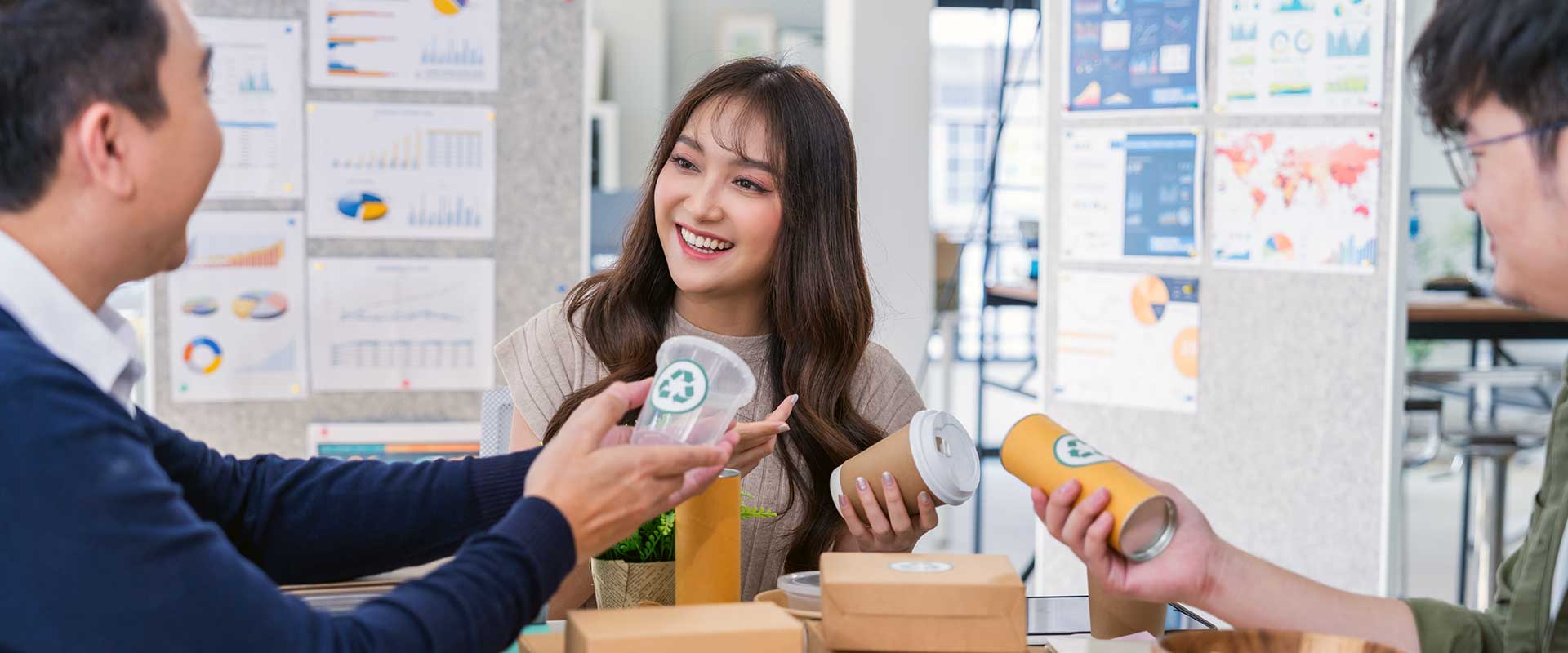
Brand Owners to Embrace Packaging Changes to Meet Sustainability Goals
- Article

A desire to move to sustainable packaging has been a core reason that brand owners have changed their packaging materials over the past four years, and to reach that goal, they expect to continue changing their packaging designs, formats and substrates going forward. Notably, that’s irrespective of how a particular brand owner defines sustainability. Indeed, brand owners consider sustainability in packaging to be a multifaceted issue, and one whose very definition is continuously evolving.
That’s according to L.E.K. Consulting’s seventh annual proprietary U.S. Brand Owner Packaging study, which we ran in the fourth quarter of 2024 and the first quarter of 2025, and which offers actionable insights for packaging converters when it comes to the importance that brand owners place on sustainability — and the steps they plan to take in the future.
Brand owners have varying definitions of sustainable packaging, but as per our study, “packaging sourced from supplier that supports environmental initiatives,” “produced with lower greenhouse gas emissions than industry standard packaging” and “contains bio-degradable material” are the top three criteria for inclusion — and the latter two were in the top three last year as well (see Figure 1).
Notably, regardless of how those brand owners define sustainable packaging, over the past four years, a desire to use more sustainable materials was the top reason (cited by 42% of respondents) they made changes to their packaging materials. It beat out other key drivers of change in packaging materials, such as product shelf life extension, end user/consumer preferences, aesthetic appearance and materials cost savings. Indeed, making changes to packaging in support of sustainability is broadly seen across brand tiers.
Over the next four years, brand owners expect to switch to packaging suppliers that support environmental initiatives (about 44% of respondents), to packaging that can be produced with lower greenhouse emissions than current packaging (about 40% of respondents) and to packaging that is manufactured using renewable energy (about 35% of respondents).
That said, a lower percentage of brand owners indicate they expect to implement actions to switch to biodegradable materials, design packaging to be recyclable, decrease the amount of material types used in packaging, and design packaging to be reusable over the next four years than they were during the prior four years (see Figure 2).
This reflects a continued shift in brand owner sustainability focus, from “packaging product” attributes toward a broader “life cycle” approach to driving sustainability improvements. So as brand owners look to change their packaging solutions in order to help meet their sustainability goals, converters that support and/or offer sustainable packaging solutions that are aligned with these behaviors will be especially well positioned in the market.
Don’t miss our next and final summary of survey results from our four-part series of articles, about how brand owners are focusing on innovation to drive growth. Be sure as well to read our earlier articles in the series, about the degree of importance brand owners place on packaging as well as how brand owners plan to respond to an expected increase in packaging costs in 2025.
For more information, please contact us.
L.E.K. Consulting is a registered trademark of L.E.K. Consulting LLC. All other products and brands mentioned in this document are properties of their respective owners. © 2025 L.E.K. Consulting LLC